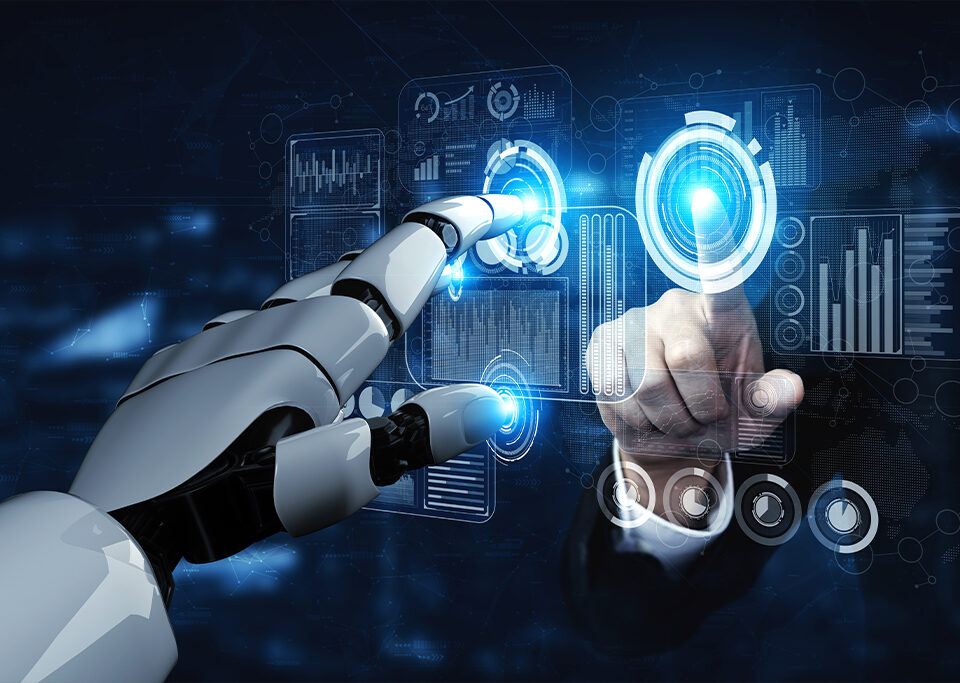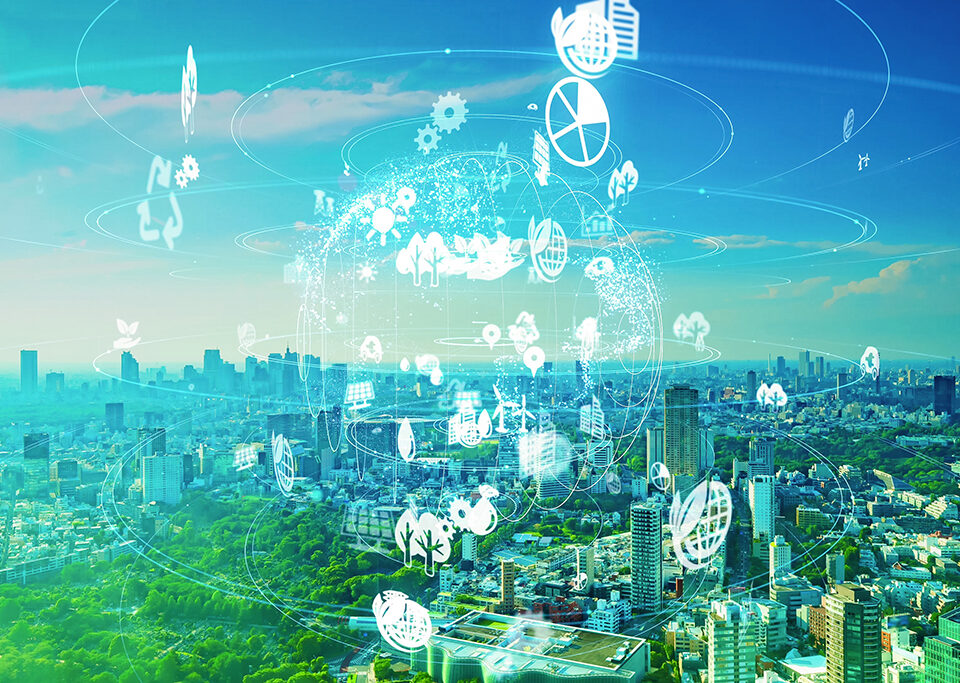Getting into Collectibles Investing

From Siri to Savings: How AI Touches Our Daily Lives
August 16, 2023
Role of AI in Investing
September 7, 2023Beyond the conventional core investment classes, namely fixed interest, shares and real estate, there’s another segment called “Alternative Investments”.
A small subset of that segment, known as “Collectibles Investing”, is widely reported to be worth around US$450 billion. The market appears to be growing year on year as many more people combine a love of all manner of “collectibles” with an expectation (or perhaps a vain hope) of turning a profit from them.
It’s clear that there is absolutely no limit to the weird and wonderful objects that people like to collect including wine, furniture, books, manuscripts, jewellery, watches, sporting equipment, fine china, bottles, military memorabilia, shoes, old cars, registration plates, petrol pumps and artworks (both physical and digital).
So if collecting appeals to you, it’s worth reminding yourself of some key principles, especially if you’re investing with the hope of profit and not just the pleasure of it:
Volatility
The value of “collectible” assets will often fluctuate, sometimes wildly, so factor that likelihood into your investment decisions because you may own the asset for a long time, especially in poor market conditions.
Borrowing
Your default position should be to not borrow to buy a collectible. Never say never, but if you must borrow in order to buy, think carefully about what security you’ll offer (the lender is likely to want your house) and how you’ll repay the loan should interest rates rise, the economy tanks or your personal financial circumstances change.
Liquidity
In most cases, collectibles are illiquid assets. That is, they cannot be sold and turned into cash easily (unlike publicly listed shares which are generally saleable within 24 hours). Therefore, it would not be sensible to “put all your eggs in the one basket”. Diversification is the key here. Make sure one collectible asset doesn’t constitute a huge percentage of your immediately available asset base, lest your circumstances change and you’re forced into holding a fire sale.
Do Your Research
The market for collectibles can be complex. Therefore, it’s important to have a deep understanding of the asset type you’re thinking of collecting. For example, if you’re interested in collecting the work of a particular artist, research and understand the artist’s approach, style, methods, the range of the artist’s works on offer and the history of price movements over the long run.
Condition and Provenance
The value of a collectible asset will be influenced by its condition and provenance. For example, in the case of a historic car its value will be greater if it’s in excellent original condition both inside and out, complete with its original engine, low kilometres and comprehensive maintenance records from initial delivery. You would also be wise to seek an independent expert’s report on your proposed purchase. That could be money well spent.
Fakes
An increasingly common challenge for buyers of collectible assets is to make sure that the proposed purchase is genuine. Fakes are all too common and the phenomenon is increasing in categories such as collectible watches, art and even historic cars. This is also an area where you would be wise to seek the advice of an independent expert. It’s worth watching the BBC’s entertaining “Fake or Fortune” documentary series (available on ABC’s iview) to get a feeling for the issues. Of course, fakes have been around forever. It’s just that modern technology has made them so much easier to produce.
Rarity
If you have the only one of what people want to collect, you’re likely to be on a winner. A good example of this is British Guiana’s 1856 one-cent Black on Magenta postage stamp of which there is believed to be only one in existence. As a result, the only known stamp was sold in June 2014 for $US 9.5 million…yes, for a one cent stamp! It’s an extreme case, but it emphasises the point that rarity can be very desirable to collectors, but not always (so do your homework).
Taxation
If you become involved in regularly buying and selling of collectibles, you may be treated by the Australian Tax Office as running a business rather than simply engaging in a hobby. There is no clear line of delineation between a business and a hobby, although regularity of transactions, registering a business name and marketing your activities may indicate that you’re running a business. There may also be capital gain consequences in some circumstances. If this is of concern, we suggest that you should consult the ATO website or speak with a qualified accountant/registered tax agent (consult CPA Australia or Chartered Accounts ANZ).






